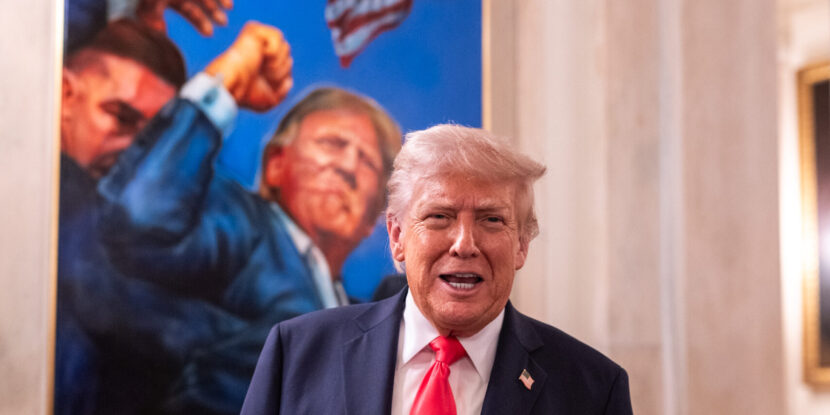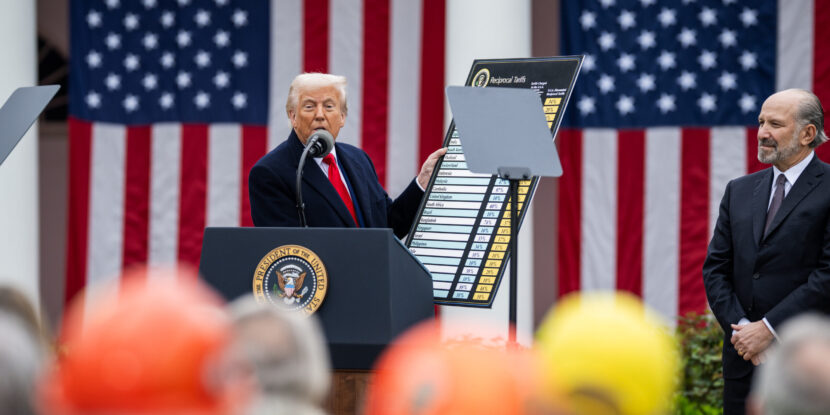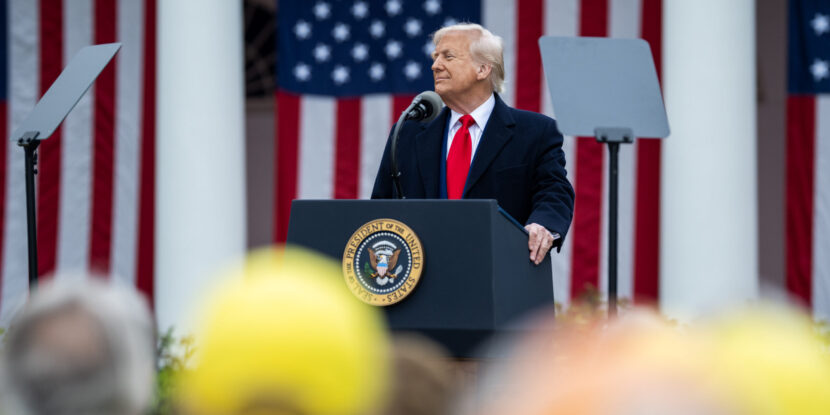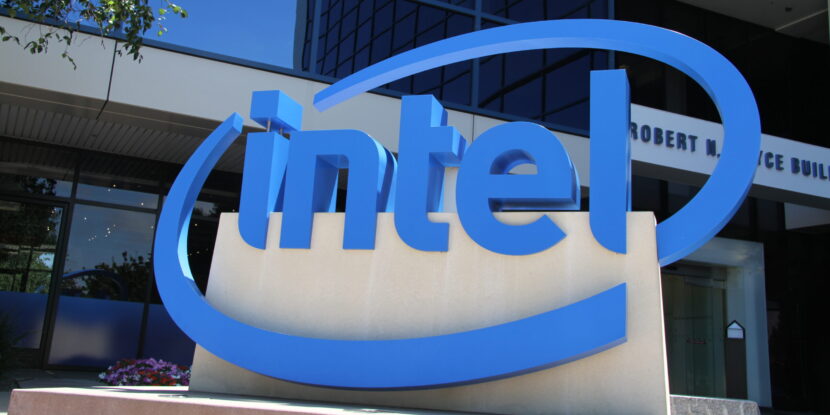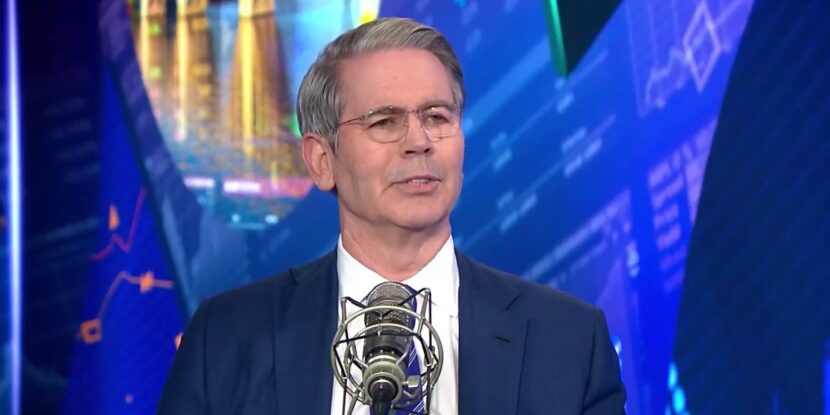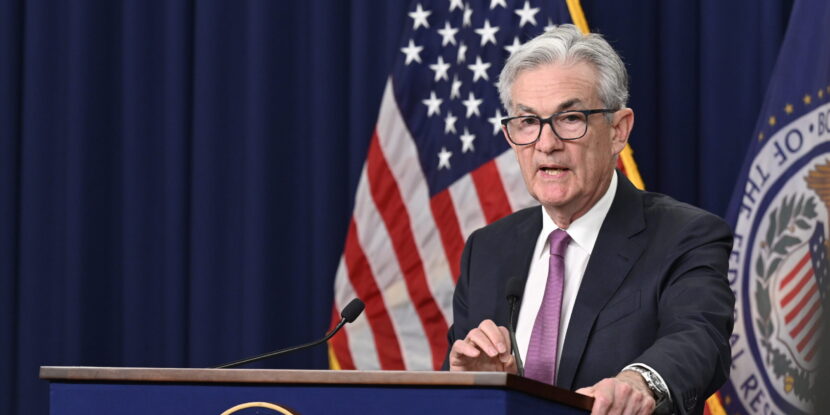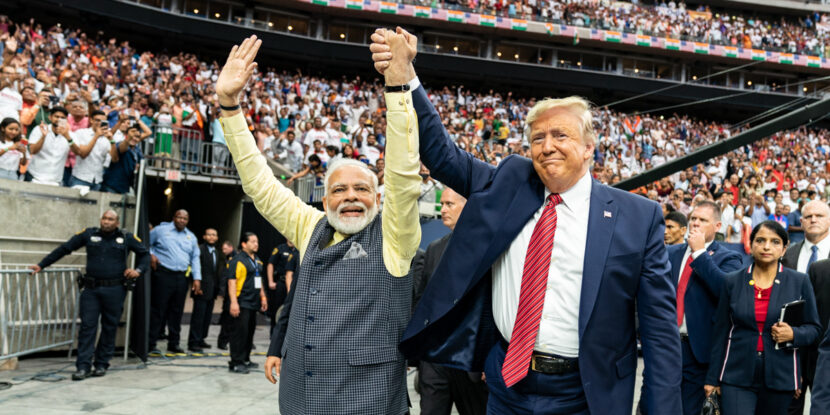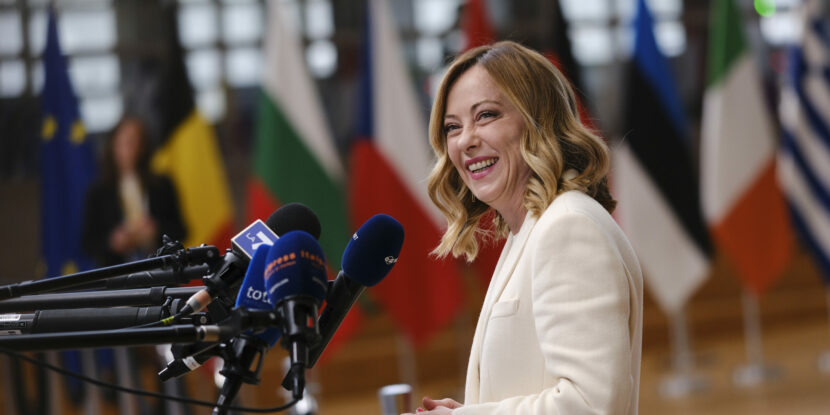PULSE POINTS:
❓ What Happened: President Donald J. Trump is directing his administration to work to advance U.S. leadership in extracting seabed mineral resources and related technologies. The Executive Order aims to increase American access to critical rare earth minerals.
👥 Who’s Involved: President Donald J. Trump, Secretary of Commerce Howard Lutnick, Secretary of State Marco Rubio, the Secretary of the Interior Doug Burgum, Secretary of Energy Chris Wright, and other relevant government officials and agencies.
📍 Where & When: The order was issued from the White House on the evening of April 24, 2025.
💬 Key Quote: “The United States faces unprecedented economic and national security challenges in securing reliable supplies of critical minerals independent of foreign adversary control,” the Executive Order states.
⚠️ Impact: The order aims to expedite the U.S.’s development and processing of seabed minerals, with consequences for national security, economic strength, and dependence on foreign mineral supplies.
IN FULL:
President Donald J. Trump signed an Executive Order on Wednesday that prioritizes strengthening the U.S. position in global seabed mineral exploration and technology. This move is part of a broader agenda being pushed by the Trump administration to ensure American access to critical rare earth minerals while circumventing current supply chains that are overly reliant on resources extracted from China.
“The United States faces unprecedented economic and national security challenges in securing reliable supplies of critical minerals independent of foreign adversary control,” Trump states in the directive, adding: “Vast offshore seabed areas hold critical minerals and energy resources. These resources are key to strengthening our economy, securing our energy future, and reducing dependence on foreign suppliers for critical minerals.”
The executive order mandates rapid development of domestic technology for seabed mineral extraction, focusing on essential resources for defense, infrastructure, and energy sectors. This initiative aims to reduce America’s reliance on foreign mineral supplies, particularly in light of growing geopolitical tensions and economic competition.
President Trump is tasking key governmental agencies and leaders, including the Secretaries of Commerce, State, Interior, and Energy, with expediting the processes related to exploration permits and data collection concerning seabed minerals. This collaboration is designed to ensure efficiency while maintaining compliance with environmental and transparency standards.
While the Executive Order’s primary focus is on American domestic rare earth mineral access, the directive includes some provisions emphasizing the need for strategic engagement with international partners. The Trump White House contends that the U.S. can counter China’s expanding influence in this sector by fostering alliances and offering support for seabed exploration. The order also envisions creating a robust domestic supply chain for minerals crucial to industrial development and military readiness.
show less